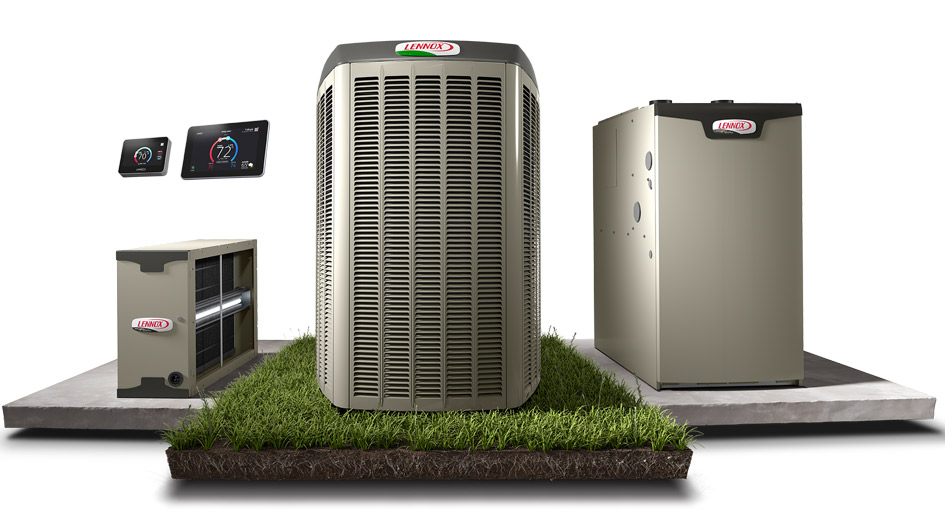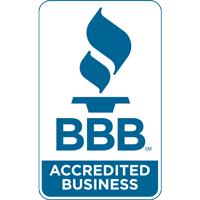
A well-designed HVAC system is essential for a comfortable and energy-efficient home, but it’s also a big investment. Every homeowner deserves the most productive comfort solutions achievable, which is why HVAC rebates are so worthwhile. They can help ensure high-efficiency furnaces, air conditioners and other equipment is more budget friendly.
HVAC efficiency standards are increasing next year, so now’s a great time to check out your options. A variety of companies, organizations and even government entities are extending rebates in 2023 to help everyone acquire a new, high-efficiency HVAC system.
Rebates for High-Efficiency Furnaces
Many manufacturers of high-efficiency furnaces provide rebates for a new system. These furnaces feature energy-efficient components like variable-speed blower motors, which allow the thermostat to optimize how much heating is produced. It’s a fantastic way to reduce energy use overall. Local utilities also share furnace rebates as less energy use translates to less strain on the local energy grid.
The government’s ENERGY STAR® program is also helpful for obtaining a furnace rebate. You can submit your ZIP Code to find out which rebates you may be approved for. Equipment featuring the ENERGY STAR® rating means it satisfies your region’s standards for energy-efficient comfort.
Rebates for Air Conditioning Systems
Many of the same rebates for high-efficiency furnaces are also useful for air conditioners. You can save hundreds on new installation for equipment from a top brand such as Lennox. Just check with your local utility companies to find out which makes and models are entitled. In addition, you can usually bundle federal and local rebates for even greater savings. Don’t hesitate to see what all you can find, because it can quickly add up to 10% of a new, high-efficiency cooling system
Potential Rebates for Smart Home Accessories Like Smart Thermostats
A smart thermostat is an especially valuable addition to your home comfort system. With intelligent programming, you can fine-tune the daily schedule. Utility companies appreciate this kind of efficiency, and so most provide rebate programs for new smart thermostats. Over time, these rebates essentially enable you to get a free smart thermostat!
Local utility companies also provide programs where they swap reduced rates for the capability to access your thermostat during peak energy use. This helps minimize strain on the grid, namely when heat waves or cold fronts come through. When registered in this program, your thermostat may automatically be changed by a few degrees.
Other Incentives: Tax Credits for Energy-Efficient Equipment and Home Improvement Projects
Somewhat different than rebates, tax credits are also offered for the purchase and installation of energy-efficient HVAC equipment. For example, the Inflation Reduction Act restarted a program in 2021 that offered credits for up to 10% of the project’s cost. The revised credits are now worth 30% of the cost and may be claimed each year as opposed to only once. These credits are eligible for a much greater variety of projects, such as home energy audits, electrical, insulation, ventilation, and even your doors and windows! The programs are tailored to provide the most benefits for lower-income households, maximizing the improvements to HVAC efficiency nationwide.
New Legislation for Heat Pump Rebates
The recently passed Inflation Reduction Act included separate legislation referred to as the High-Efficiency Electric Homes and Rebates Act, or HEEHRA. This incentive is especially aimed toward heat pump technology, which transfers heat instead of producing it by combusting fuel. To encourage more people to convert to this energy-efficient comfort system, these rebates are significantly higher versus incentives for AC systems and furnaces.
If the household’s income is lower than 80% of the local median, you are able to use the rebates to cover 100% of the costs of a new heat pump. Households making 80-150% of the median income can take care of 50% of equipment and installation costs.


